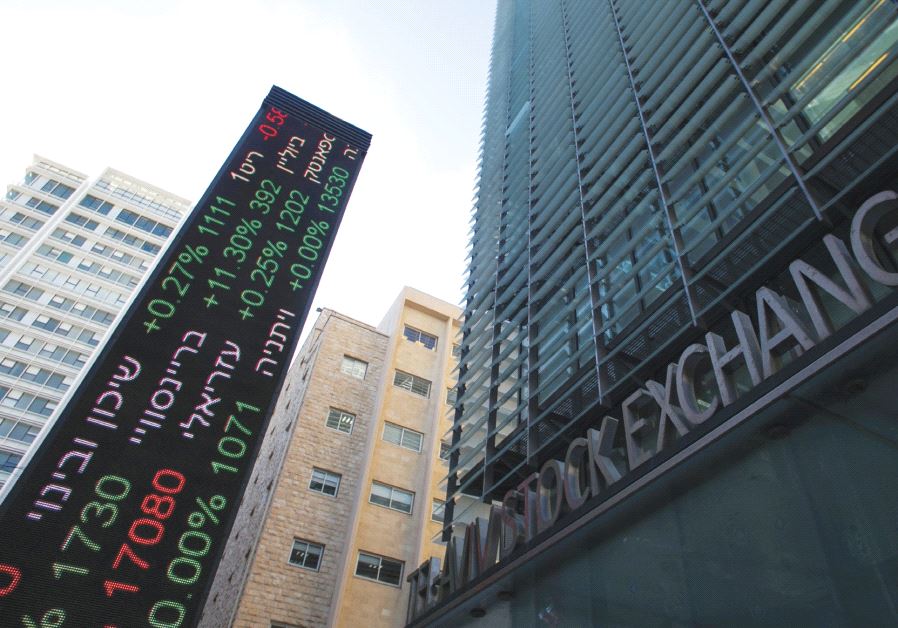Middle Israel: Israel’s finest economic hour
Israel might have survived the subprime crisis outstandingly well, but Kahlon's current policies risk the future of its economy.
 An electronic board displaying market data is seen at the entrance to the Tel Aviv Stock ExchangeUpdated:
An electronic board displaying market data is seen at the entrance to the Tel Aviv Stock ExchangeUpdated: